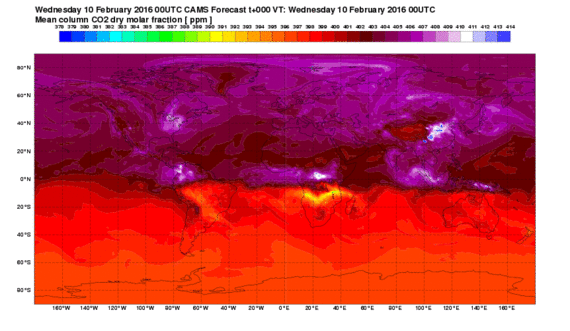- December 6, 2015
- in Green Tips
- by marcos
- 664
- 0

The National Park Service, the agency tasked with championing America’s 59 national parks, will celebrate its 100th birthday next year. Those parks encompass some of the most diverse landscapes in the world, from the deserts of Joshua Tree to the caldera of Crater Lake.
But in 1872, it all began with a place called Yellowstone.
America’s oldest national park has never been more popular, and a new two-part documentary special from Nat Geo WILD — aptly called “Wild Yellowstone” — will showcase the landscape’s stunning natural beauty.
Yellowstone lies predominantly in Wyoming and hosts some of the most active geothermal features on the planet, spanning from geysers to fumaroles to hot springs. But the park is also home to many of America’s most iconic species — elk, river otters, beavers and those behemoths the grizzly bears. All have a prominent role in “Wild Yellowstone,” which features both the summer and winter seasons within the park.
Perhaps the most pivotal message of the show is the terribly challenging road to survival. Grizzlies must spend months feeding on everything from moths to elk carcasses to fatten up before hibernation. Big horn sheep use their impressive headgear to ram their opponents into submission and win over a few ewes. Beavers have to craft a near-perfect dam and haul a winter’s supply of trees into their storage ponds or they may run out of food.
Even the hummingbirds have to battle for their right to eat.
Striking footage of a wolf pack hunting through the snow showcases perhaps the most hated animal in America, which was reintroduced to the park between 1995 and 1997. The population is now booming, the epitome of a success story, despite the animals’ detractors. But even for an apex predator, life is a battle, and it is truly a land where only the fit survive.
It’s a rough but breathtakingly beautiful place. The documentary made its official premiere at the Jackson Hole Wildlife Film Festival earlier this year and took home the awards for best editing and best cinematography.
Many of the most compelling scenes, like that of a fox diving snout-first into the snow, build on critical camera work seen in features like the BBC’s “Planet Earth.” National Geographic partnered with the folks at Brain Farm to use next-gen camera technology to capture ultraslow-motion animal behavior seldom seen on screen.
Throughout the National Park Service’s centennial celebrations, the agency is encouraging the public to get outside and find their local parks. With winter approaching, dozens of the country’s wild places are still ripe for exploring.
As Bill Nye told The Huffington Post earlier this year of national parks, “They’re precious, they’re priceless and they need to be preserved.” And the best way to encourage preservation is to get out there and be awed.
“Wild Yellowstone” premiers Sunday, Dec. 6 at 9 p.m. Eastern on Nat Geo WILD.
Also on HuffPost:
— This feed and its contents are the property of The Huffington Post, and use is subject to our terms. It may be used for personal consumption, but may not be distributed on a website.


